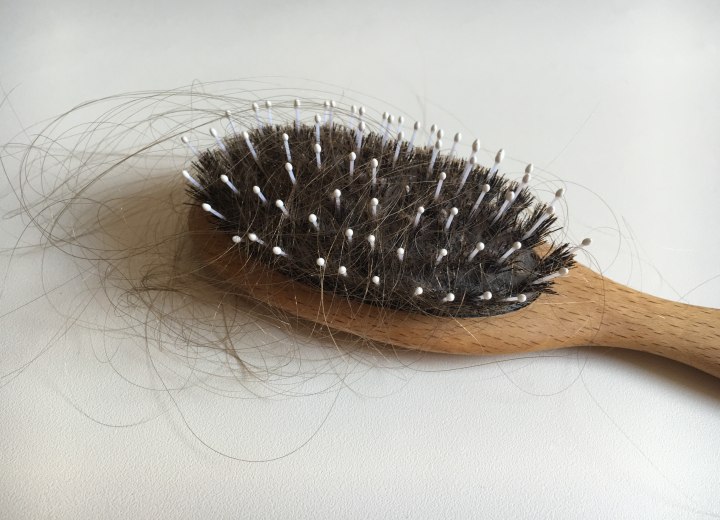Relaxer and Hair Shedding

In some cases, there are two or three strands of hair with bulbs clustered together. This seems to be occurring all over my scalp, but the majority of the shedding is concentrated in the front sections, particularly the top and temples. Why is this happening, and what can I do to prevent or reduce this excessive hair loss?
First, I’d like to ask: Do you have any scalp irritation, itching, or tenderness in the affected areas? Some women transitioning from natural hair back to relaxed hair struggle with the adjustment in styling and maintenance, which can lead to excessive tension or breakage. Additionally, chemical relaxers can sometimes irritate the scalp, weakening the surrounding tissues and making hair more prone to falling out.
To address this, I recommend two key steps:
1. Scalp Care: Use an antiseptic or astringent lotion (such as witch hazel or a mild scalp treatment) on a cotton pad to gently cleanse areas where you feel itching or sensitivity. This can help reduce potential inflammation and keep the scalp clean.
2. Medical Consultation: Schedule an appointment with a dermatologist or your primary care physician to rule out underlying medical conditions. They can assess whether your scalp health has been compromised by the relaxer, if there’s an infection, or if another issue is contributing to the hair loss.
It’s important to note that while cosmetologists are trained in hair care, styling, and chemical treatments, they are not licensed to diagnose or treat scalp conditions. Their expertise covers the hair strand itself, once it has grown out of the scalp. Any concerns related to hair growth, follicle health, or excessive shedding beneath the skin’s surface fall under the jurisdiction of medical professionals, such as dermatologists or trichologists.
©Hairfinder.com
See also:
Hair loss
Scalp problems
How many hairs do we lose per day?